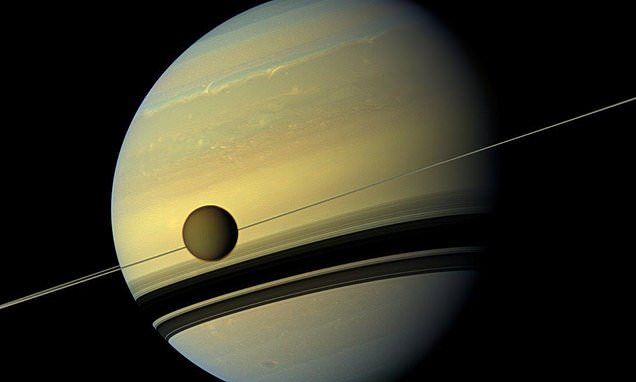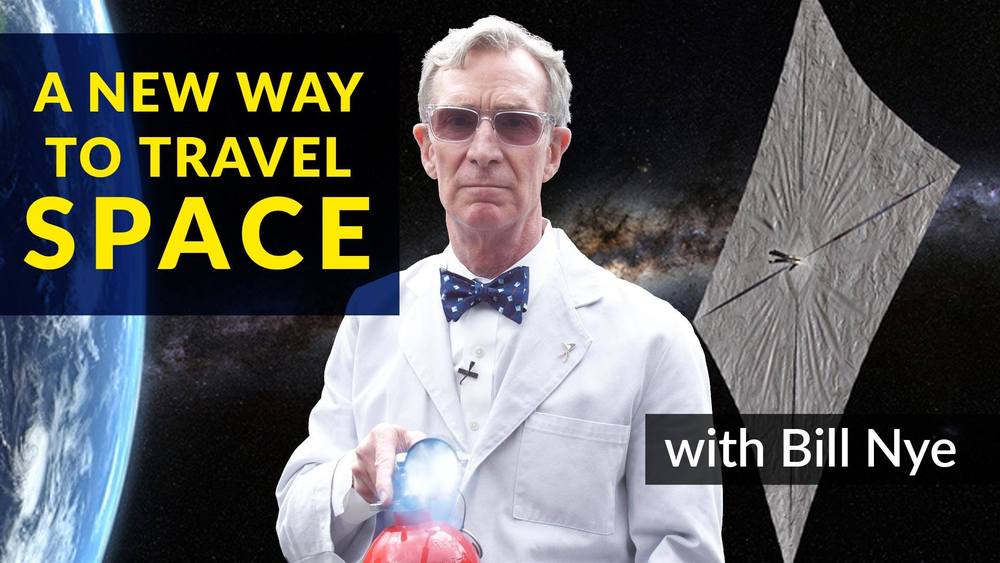Click on photo to start video.
These 7 exoskeletons are making the world easier to navigate.
Continue reading “These Are The Most Helpful Exoskeletons” »
Click on photo to start video.
These 7 exoskeletons are making the world easier to navigate.
Continue reading “These Are The Most Helpful Exoskeletons” »
Layers a single atom thick are naturally lightweight, yet also surprisingly tough and flexible. This led to initial speculation for graphene being used as the ideal building material or protective body armor of the future. Yet it is the electrical properties of graphene, which arise from the unique behavior of electrons in such a thin layer, that have led to the first use cases for graphene in sensors and LEDs. Superconductivity, on top of everything else, is the icing on the cake for this remarkable material.
A Physicist’s Playground
Of course, twisted bilayer graphene (TBG) is not the first substance to exhibit superconducting properties. Superconductors, which can, amongst other things, generate extremely high magnetic fields without losing energy to electrical resistance, are already widely in use. Striking examples include the magnets at ITER, the world’s largest fusion device, currently under construction.
Continue reading “Graphene (With a Twist) Is Helping Scientists Understand Superconductors” »
In a new study, researchers have found that the zinc-finger transcription factor Slug is responsible for repressing p16Ink4a, a compound that promotes senescence in human tissue. The researchers suggest that Slug is worth exploring as a treatment for sarcopenia [1].
Satellite cells
Satellite cells are specialized stem cells that form new muscle cells when the muscle is injured [2]. Populations of satellite stem cells remain quiescent in normal muscle tissue, only becoming activated through physical damage of some sort. This allows the tissue to heal properly, restoring function and allowing for natural regeneration. However, in both humans and mice, old age leads to increased p16Ink4a, which causes defects in this regeneration [1].
Continue reading “Slug Saves Satellite Cells from Senescence” »
Antibiotics were one of the most important scientific developments of the 20th century, helping to easily control bacterial infections and make previously life-threatening procedures and illnesses safe. But inversely, they might also be one of the biggest medical issues of the 21st century, as bacteria evolve resistances to our best drugs. Now, a bacterial gene that grants resistance to “last resort” antibiotics has been detected in a patient in the US, for the first time.
Most people think of water as existing in only one of three phases: Solid ice, liquid water, or gas vapor. But matter can exist in many different phases—ice, for example, has more than ten known phases, or ways that its atoms can be spatially arranged. The widespread use of piezoelectric materials, such as microphones and ultrasound, is possible thanks to a fundamental understanding of how an external force, like pressure, temperature, or electricity, can lead to phase transitions that imbue materials with new properties.

Exactly how and when the Saturn’s rings formed is an issue that has fascinated astronomers and planetary scientists for centuries.
The rings are made mostly of particles of water ice that range in size from smaller than a grain of sand to as large as mountains.
Continue reading “Origins of Saturn’s rings are uncovered thanks to NASA’s Cassini probe” »
The mission will make India the fourth country to land a spacecraft on the surface of the Moon, adding its name to a long list of recent achievements in space exploration. In the past 10 years, the Indian space agency has launched multiple missions into space to gain a better understanding of Mars and the Moon.
India’s space agency says it will make the country’s first landing on the surface of the moon in September this year.
The country’s latest lunar mission, Chandrayaan-2, which means “moon vehicle” in Sanskrit, is to lift off in mid-July.
Continue reading “India hopes to become fourth country on the moon in September” »
The Lunar Polar Gas-Dynamic Mining Outpost (LGMO) (see quad chart graphic) is a breakthrough mission architecture that promises to greatly reduce the cost of human exploration and industrialization of the Moon. LGMO is based on two new innovations that together solve the problem of affordable lunar polar ice mining for propellant production. The first innovation is based on a new insight into lunar topography: our analysis suggests that there are large (hundreds of meters) landing areas in small (0.5−1.5 km) nearpolar craters on which the surface is permafrost in perpetual darkness but with perpetual sunlight available at altitudes of only 10s to 100s of meters. In these prospective landing sites, deployable solar arrays held vertically on masts 100 m or so in length (lightweight and feasible in lunar gravity) can provide nearly continuous power.

We can now sail on sunlight in space, just like a sailboat at sea! Our CEO Bill Nye explains how.
The first time Vayu Maini Rekdal manipulated microbes, he made a decent sourdough bread. At the time, young Maini Rekdal, and most people who head to the kitchen to whip up a salad dressing, pop popcorn, ferment vegetables, or caramelize onions, did not consider the crucial chemical reactions behind these concoctions.
Even more crucial are the reactions that happen after the plates are clean. When a slice of sourdough travels through the digestive system, the trillions of microbes that live in our gut help the body break down that bread to absorb the nutrients. Since the human body cannot digest certain substances — all-important fiber, for example — microbes step up to perform chemistry no human can.
“But this kind of microbial metabolism can also be detrimental,” said Maini Rekdal, a graduate student in the lab of Professor Emily Balskus and first-author on their new study published in Science. According to Maini Rekdal, gut microbes can chew up medications, too, often with hazardous side effects. “Maybe the drug is not going to reach its target in the body, maybe it’s going to be toxic all of a sudden, maybe it’s going to be less helpful,” Maini Rekdal said.
